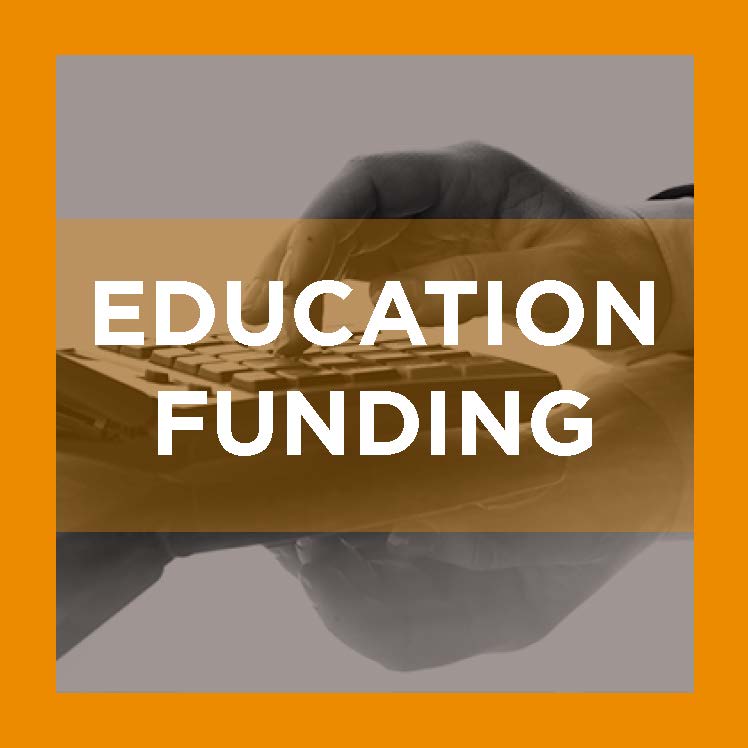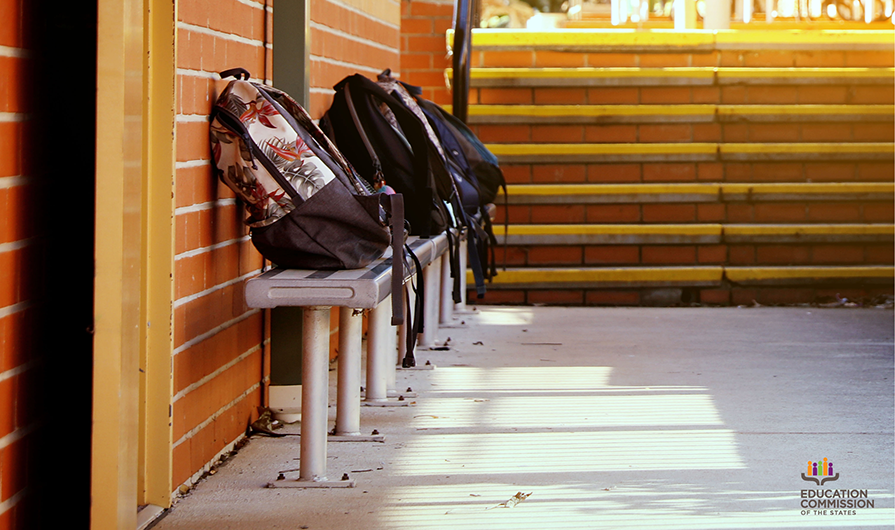Sometimes the numbers can be overwhelming – there are more than 50 million students in America’s K-12 public education system. Our public schools employ 3.1 million educators along with an estimated 3 million other individuals. What this means is that just over one-in-six Americans (17.6 percent) are either students in - or employees of - our P-12 public schools. If we include students’ parents in the mix then upwards of one-in-three Americans are directly impacted by decisions about our country’s K-12 public education system. To educate these students we expended $581.8 billion last year - which equated to 3.3 percent of our country’s Gross Domestic Product. To put this into context we spent about $100 billion more on K-12 public education last year then we spent on alcohol ($210 billion), gambling ($119 billion), fast food ($117 billion) and tobacco ($40 billion) combined – so, good for us.
Why are the presidential candidates not talking about school funding?
If public education in this country is such a big deal why don’t we hear more about school funding during this year’s presidential campaign? The answer comes down to the fact that presidential candidates tend to focus their attention on those issues that the federal government has traditionally played a major role in. The reality is that the federal government’s role in funding our K-12 education system has traditionally been a small one. In the 2014-15 school year less than 10 percent of K-12 education spending came from federal sources – the remaining 90 percent came from state and local funding sources. In the 2016 federal budget only 1.1 percent of the total outlays are going to primary and secondary education. Compare the commitment to public education in the federal budget to hot button issues such as Social Security (23.5 percent of total federal outlays), National Defense (15.3 percent), Medicare (15.1 percent) and public health care expenses including the Affordable Care Act and Medicaid (12.4 percent). In fact, the federal government spends 10 times as much on interest payments on our national debt then it does on our public primary and secondary education system. It’s no wonder that these other issues are getting the lion’s share of the attention in this year’s presidential election.
Look not to presidents but to governors
While it would be great to hear this year’s crop of presidential candidates discuss what, if any, role the federal government should be playing in funding America’s public schools – it doesn’t appear that this will happen in 2016. Instead look to the 12 states that will be holding gubernatorial elections this year for debates about school funding. In all 50 states K-12 education is either the largest or second largest item in the state budget (only trailing health care). This means that the discussion about school funding will be almost unavoidable at these state level debates. While you might not hear much about school funding in this year’s presidential debate you can count on continuing to hear a lot about it from the Education Commission of the States. We will continue to track state education funding policies and best practices, just like we have for the past 50 years, so that policymakers with have the information they’ll need to address this important issue in their state.





